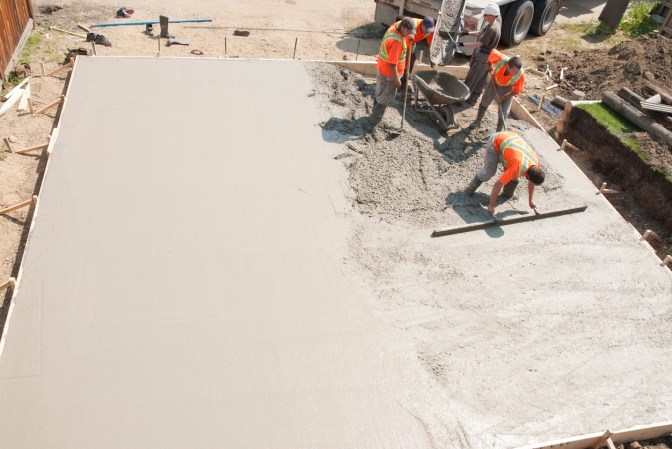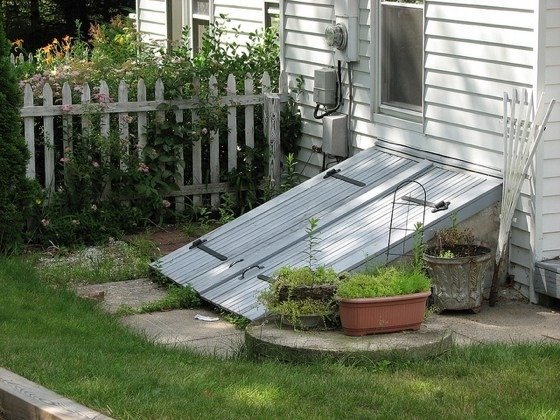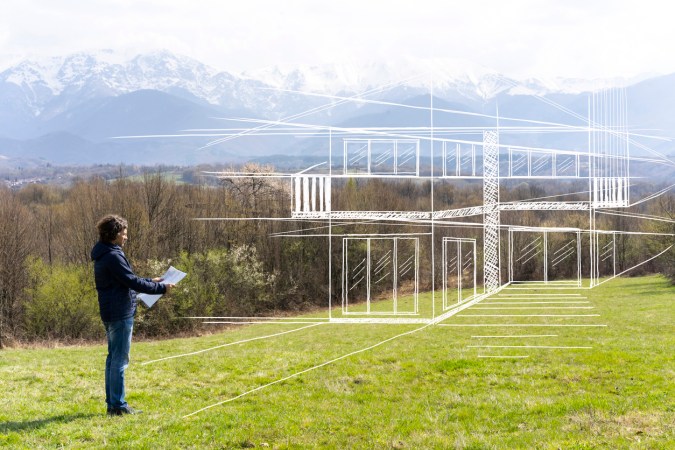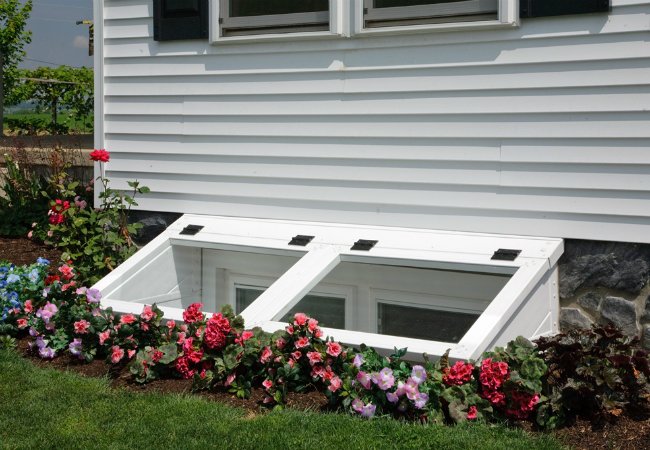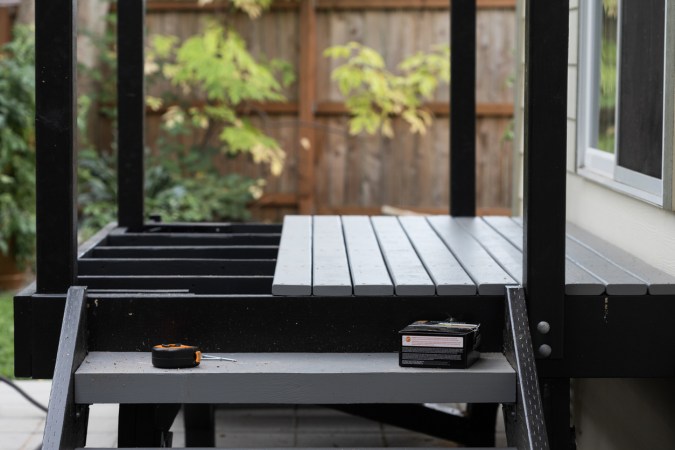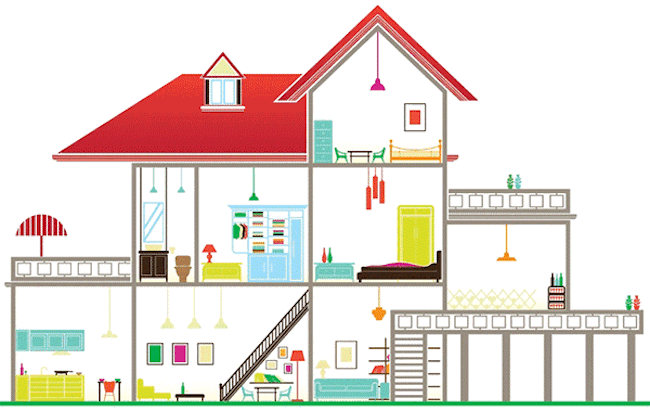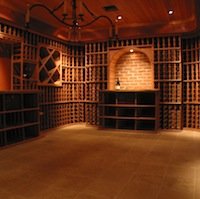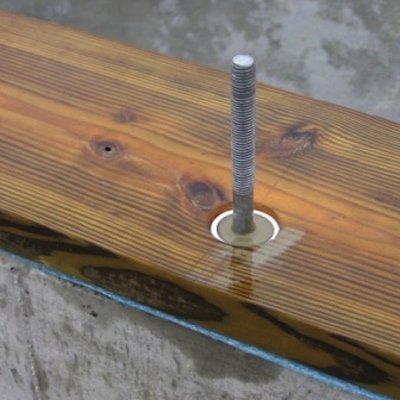We may earn revenue from the products available on this page and participate in affiliate programs. Learn More ›
When building a house, two main types of foundations are used: slab-on-grade or below-grade foundations with a basement slab. Climate, including high water tables, frost lines, harsh winters, and vulnerability to storm surge and high winds, will determine whether a slab or below-grade foundation is chosen.
Poured Footings
Poured and block foundations both sit on concrete footings, or poured pads that serve as a base for the walls. Footings are constructed in trenches dug beneath the level of the basement floor. These trenches are wider and longer than the walls they support and function like feet to distribute the weight of the wall and the structure above it. Footings provide a firm surface to resist sinking or shifting into the ground or substrate. A footing trench ranges from six inches to three feet deep, depending on the building size and soil characteristics.
Poured Concrete Walls
Poured concrete is more popular for basement construction than block because it is seamless and resists water intrusion. When pouring an integral foundation, aluminum or insulated wall forms are placed on the footings, clamped together, and supported to maintain their shape while the concrete is poured.
Once the forms are set, rebar is placed vertically inside the wall channel to support and add additional strength to the concrete wall once the molds are removed. Concrete is then poured into the mold to form the walls.
Concrete walls should be created as a continuous pour to ensure good bonding and avoid seam cracking where a first concrete layer has already set.
Cement can be poured in place with a cement-pumper truck, or offloaded down the chute of a ready-mix truck if it can get close enough to the foundation. Set-up time depends on the slurry used, the time of year, heat, and humidity. Temporary forms are usually taken down after one week, at which time the concrete is cured enough to support itself. The concrete will continue to cure and emit moisture for much longer. When using insulated concrete forms, they remain in place and insulate the home.
Reinforced Block and Concrete Walls
Block foundations use cinder blocks (8 x 8 x 16 inches) that are stacked on each other and cemented in place with mortar. The process starts on the top of the footings with each row forming its own course. The blocks are then reinforced with rebar placed vertically in the holes or cells and filled with concrete.
Block walls can also be used to form stem walls that support a slab above. When building stem walls, block courses on footings are set below grade and reinforced with rebar before concrete is poured in a continuous pour for a seamless, integral slab. Stem-wall slab foundations prevent water intrusion and the separation of the slab from the substrate that can be caused by uplift or hydrostatic pressure.
Both poured and block foundations are reinforced with rebar. With poured walls, a pencil vibrator is inserted into the slurry to vibrate the concrete into place and ensure there are no air pockets or voids left in the wall.
Finishing the Basement Floor
When building slab foundations, the concrete pour comes after the footings have set and before walls are erected. Dirt is compacted and backfilled with four to six inches of gravel. Typically, a six-mil polyethylene sheet provides a vapor barrier between the soil and the slab. A two-inch layer of sand goes on top of the vapor barrier, followed by a 6×6-inch wire-mesh grid that reinforces the concrete. If radiant in-floor heating will be used, the plastic tubing is placed on top of the wire mesh. Once the tubing is pressure-tested, the four-to-six-inch concrete slab is poured.
When building with poured walls, the basement floor is prepared as if it were a slab floor, often with the concrete floor poured after the top floors are in place and the roof, windows, and doors are set.
Basement plumbing for floor drains and piping must be roughed in before the pour. Like a slab floor, the basement floor will be lined with a six-inch aggregate bed followed by a six-mil polyethylene vapor barrier. One to two inches of foam board can go on top of the vapor barrier for insulation and further waterproofing. Wire mesh comes next for structural strength, and flex tubing is set in place if using in-floor radiant heating. Finally, the concrete is poured on top and leveled with a screed.

